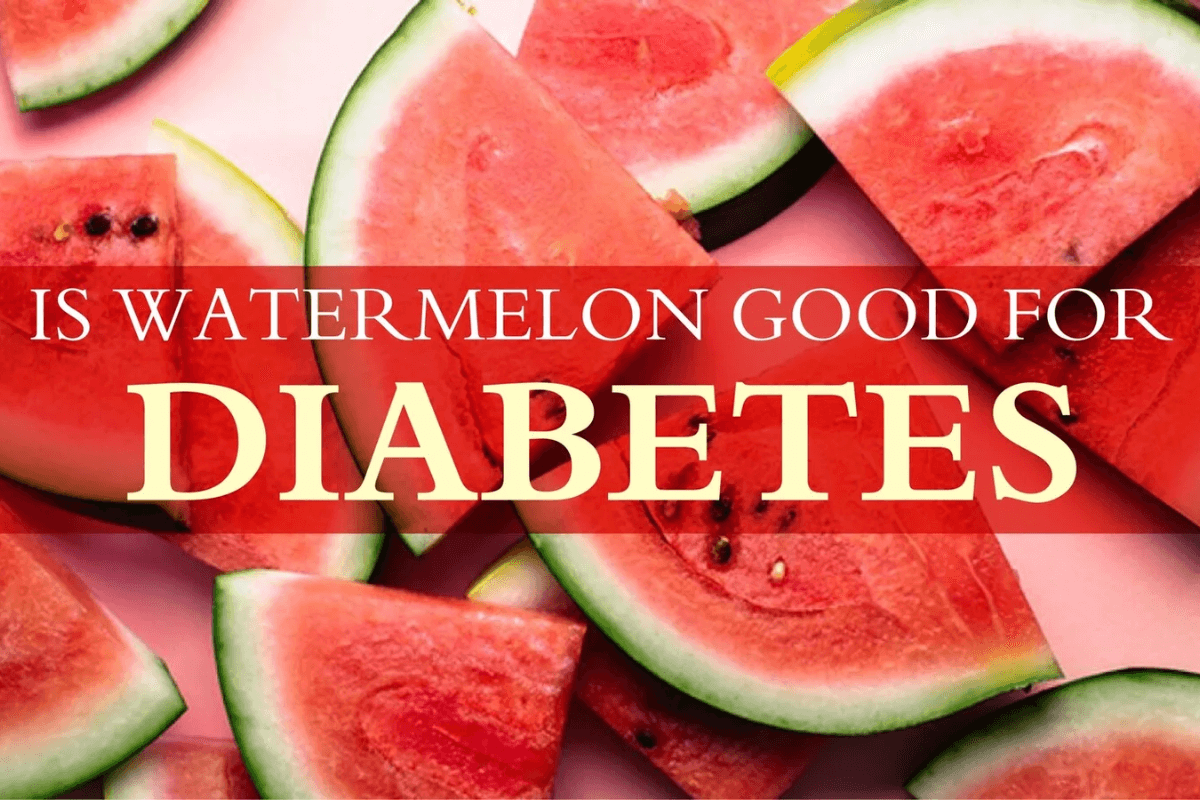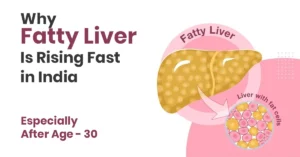
Heart Failure Patients में Madhavbaug Research ने दिखाए 40% बेहतर परिणाम
नए शोध में पाया गया है कि heart failure research के अंतर्गत हृदय रोगियों ने मधवबाग की विशेष Panchakarma Therapy
Please note, due to Diwali Holidays , there may be delays in processing and delivering orders. We appreciate your patience !

Diabetes is a growing global health concern, affecting millions of individuals who must carefully manage their diet to regulate blood sugar levels. Fruits often spark debate in diabetic nutrition, with some seen as beneficial while others raise concerns. Among them, watermelon—a juicy, refreshing summer favourite—frequently raises questions. Does its natural sweetness make it unsafe for diabetes diet? Or can it be part of a well-balanced diet?
This blog explores the nutritional profile of watermelon, its effects on blood sugar, and whether people with diabetes can safely consume this fruit without compromising their health.
Watermelon is composed primarily of water (over 90%), making it a hydrating and low-calorie fruit. Despite its sweetness, it has a relatively low sugar content compared to other fruits. Here’s an overview of its nutritional values per 100 grams:
| Nutrient | Amount |
|---|---|
| Calories | 30 kcal |
| Carbohydrates | 7.6 g |
| Sugars | 6.2 g |
| Fibre | 0.4 g |
| Protein | 0.6 g |
| Fat | 0.2 g |
| Water | 91% |
| Vitamin C | 8.1 mg |
| Potassium | 112 mg |
Vitamins, minerals, antioxidants, and fiber contribute to its overall health benefits. However, diabetics must pay attention to the carbohydrate and sugar content when determining whether watermelon fits into their diabetic diet plan.
The glycemic index (GI) measures how quickly a food raises blood sugar levels. Foods with a high GI (above 70) can cause rapid spikes in blood sugar, while those with a low GI (below 55) are absorbed more slowly, leading to steady glucose levels.
Watermelon has a GI of 72, making it technically a high-GI food. However, this doesn’t mean people with diabetes should automatically avoid it. The glycemic load (GL)—which considers portion size and actual impact on blood sugar—is only 5 per 100 grams, indicating a moderate effect when consumed in controlled portions.
While watermelon’s GI may seem concerning, it offers significant health benefits, supporting diabetes management when eaten mindfully.
Because watermelon consists mainly of water, it keeps the body hydrated, which is crucial for diabetic health. Proper hydration can help maintain kidney function, improve circulation, and prevent dry skin and other diabetes-related complications.
Watermelon contains lycopene, a powerful antioxidant linked to heart health, reduced inflammation, and improved insulin sensitivity. Antioxidants combat oxidative stress, a significant risk factor for diabetic complications.
People with diabetes are twice as likely to develop cardiovascular disease. Watermelon’s citrulline content improves blood flow and reduces blood pressure, while potassium helps maintain a healthy heart rate.
Obesity is a common challenge among people with diabetes. As a low-calorie fruit, watermelon provides a satisfying snack that curbs cravings without contributing to weight gain.
Though watermelon isn’t high in fiber, it still aids digestion and supports gut health. Fiber slows the absorption of sugar, preventing sharp blood sugar spikes when watermelon is paired with other fiber-rich foods.
Diabetes management revolves around maintaining stable blood sugar levels, which means even naturally sweet fruits like watermelon must be consumed strategically. While watermelon has a high glycaemic index (GI) of 72, its glycaemic load (GL) remains moderate at 5 per 100 grams, meaning that a small portion will not drastically spike blood sugar levels if consumed correctly.
Since watermelon contains natural sugars, excessive consumption can lead to rapid blood glucose elevation. To avoid this, people with diabetes should:
Being mindful of portion sizes allows people with diabetes to enjoy watermelon’s benefits—hydration, antioxidants, and fiber—without risking blood sugar spikes.
Pairing watermelon with nutrient-dense, low-GI foods helps slow down sugar absorption, reducing the risk of sudden glucose fluctuations. Some effective pairings include:
By controlling portion size and pairing watermelon with the right foods, people with diabetes can safely enjoy this delicious fruit without compromising glucose balance.
A moderate serving of 100–150 grams (a few small cubes) is generally safe, provided it’s consumed with other low-GI foods.
diabetes Individuals with poorly controlled diabetes or a history of hyperglycaemia should consult their diabetes specialist before including watermelon in their diet.
If a low-GI fruit is preferred, consider these options:
These fruits offer sweetness without rapid blood sugar spikes, making them excellent alternatives for people with diabetes.
Managing diabetes effectively requires a holistic approach that balances nutrient intake, portion control, and lifestyle adjustments. Madhavbaug’s Prameha Diet Kit is designed to help individuals with diabetes make informed dietary choices while enjoying natural, wholesome foods. This expertly curated kit includes diabetes-friendly foods that regulate blood sugar levels, improve metabolism, and reduce dependency on medication. By following Madhavbaug’s evidence-based dietary recommendations, individuals can maintain stable glucose levels while ensuring their nutritional needs are met. Whether it’s selecting low-GI fruits, fibre-rich grains, or essential herbs, the Prameha Diet Kit at Madhavbaug serves as a comprehensive guide to diabetic wellness.
Before making dietary changes, consult the best Ayurvedic diabetes doctor, especially if blood sugar levels fluctuate significantly. Understanding how different foods impact diabetes ensures better long-term health management, enabling individuals to enjoy nutritious fruits without unnecessary risks.
Disclaimer: The content on this website is for informational purposes only and should not be considered a substitute for medical advice. Please consult a qualified Madhavbaug Ayurvedic doctor before starting any treatment.

नए शोध में पाया गया है कि heart failure research के अंतर्गत हृदय रोगियों ने मधवबाग की विशेष Panchakarma Therapy

Fatty Liver Disease is rapidly increasing among Indians after the age of 30 due to sedentary lifestyle, high-carbohydrate diets, stress,